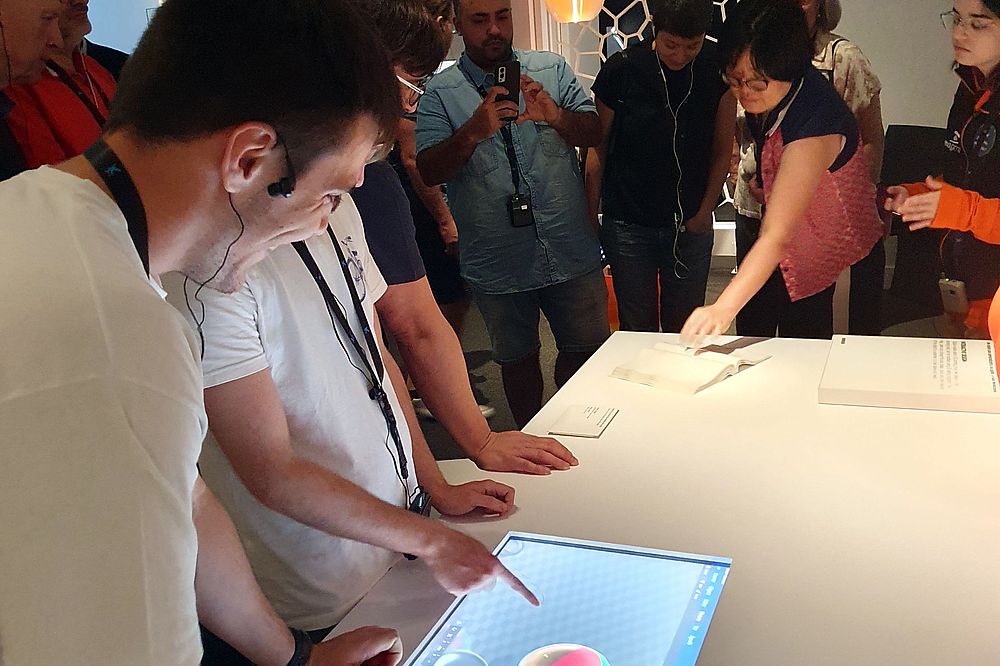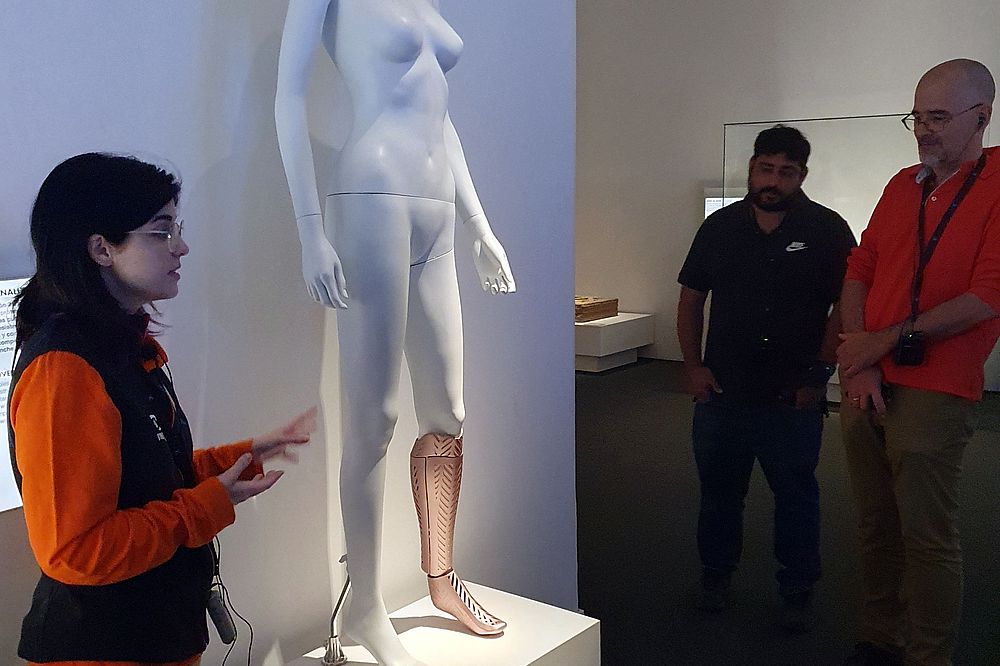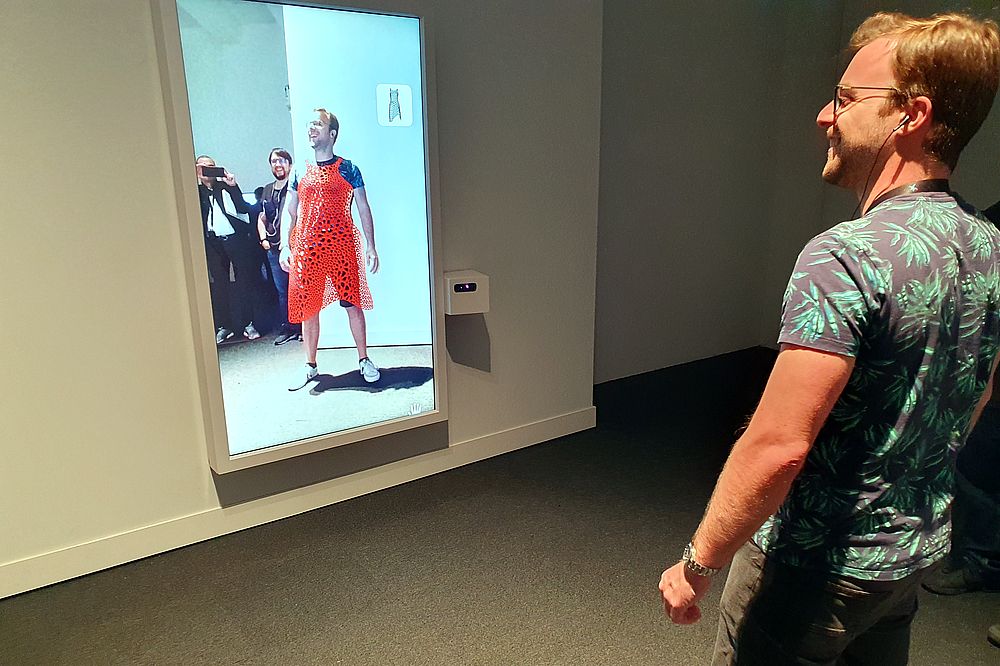A group of the Delonia team had the opportunity to enjoy a guided tour of the “PRINT3D”, exhibition, which was on display at CaixaForum Madrid from 8 February to 21 May 2023. The exhibition was divided into eight thematic areas. The first area of the exhibition explained what 3D printing is and how it is done. Further on, it showed the many advances that 3D printing has made in different fields such as construction, art and medicine, for example, with the creation of impressions prior to surgical interventions.
“The printer does not care about making the most rudimentary or the most complex shape” (Avi Reichental)
h more than 200 printed pieces, “PRINT3D” offers an exploratory journey into this mode of manufacturing, which gives us a practical and didactic insight into how this technology is already improving human life in many ways. 3D printing is at the beginning of its development and most likely soon it will offer possibilities that are almost unimaginable today.

3D printing has revolutionized the field of prosthetics, making it possible to create customized and more flexible parts (the part can be stretched so it does not have to be changed for another). It is possible to make prostheses that are less “robotic” and more human-like. On the other hand, it lowers costs and makes prostheses more affordable for people or countries that are less fortunate economically. This technology is also used in the animal world, where there is no specific prosthetics industry. 3D printing makes it possible to put an artificial tail on a crocodile so it can swim again, or to reproduce a turtle shell and save its life.
Huge impact on the health sector
This technology offers a multitude of applications in the field of healthcare. For example, a 3D impression of a baby still in the womb of its blind mother was made from an ultrasound scan. This enabled the mother to get an idea of her baby’s facial features even though she had no sense of sight. Nowadays, pictures are printed with volume so that blind people can “see” them.
How does an SLA printer work?
Known as SLA (stereolithography), it is the most common resin 3D printing process that has become very popular for its ability to produce high-precision, isotropic (same properties), watertight prototypes and end-use parts in a range of advanced materials with fine features and smooth surface finish.
What is PLA?
PLA (polylactic acid) filament is one of the most widely used in both industrial 3D printing and home printers. Far from being a traditionally produced or highly polluting plastic material, PLA is a more environmentally friendly filament as it does not require finite resources such as petroleum.

What are 3D pens?
It is a 3D printing device in the shape of a pen, but thicker and with switches. The 3D pen can create solid and firm structures, providing volume.
What is food printing?
3D food printing is the process of manufacturing food products using additive techniques. Food can be customized in shape, color, texture, or flavor, which is why it is very useful in fields such as space exploration and healthcare.
3D printing technology, even though it is at the beginning of its development, has brought about a paradigm shift in many areas, from health to the aerospace industry. We can print almost anything now, from food to the tail of a crocodile. And if our 3D printer breaks… well, we print another one.




